National Fulfillment Warehouse Network
Staci Americas is now part of the Staci global fulfillment network, with 80 distribution centers across the U.S. and 7 European countries, as well as Asia. The combined Staci-Staci Americas fulfillment warehouse network across the U.S. includes 18 facilities, allowing you to reach 95% of the U.S. population in 1-to-2 days via ground services. Staci Americas specializes in helping businesses scale fulfillment operations to support any growth trajectory. Contact us to talk about your nationwide warehousing needs.
Staci Americas has a large base of operations in and around Atlanta for both B2B and B2C customers. We operate four Atlanta warehouses in different locations. Georgia is an ideal location for distribution to the Southeast and beyond. Atlanta is the 5th largest U.S. metropolitan area and is home to the busiest airport in the country.
Contact us to discuss your Atlanta fulfillment needs.
Georgia also has superior highway access to the Eastern US market. Our Atlanta warehouses offer easy on-off access to major highways. The transportation infrastructure and affordable industrial space make the state unbeatable for getting products to major consumer markets. Also, Atlanta is the largest metropolitan area closest to the ports of Savannah, Jacksonville and Charleston.
Atlanta Distribution Center Details
Location |
Lawrenceville, GA |
Morrow, GA |
Austell, GA |
| Address | 4505 Newpoint Place, Lawrenceville, GA 30043 | 6878 Kelly Ave, Morrow, GA 30260 | 8125B Troon Circle, Austell, GA 30168 |
| Phone | 678-377-8585 | 404-835-6970 | 770-739-7070 |
| Fax | 678-377-5826 | 404-835-6976 | 770-739-7020 |
| Storage | ● High cube racked and bulk storage environment | ● Racked and bulk storage environment | ● Two facilities specializing in marketing fulfillment |
|
|
● concrete block/metal Walls ● 60′ x 70′ column spacing |
● concrete tilt-up ● 40′ column spacing ● flatbed pit operations |
● 115,000 sq. ft. total |
| ● 54 dock doors | ● 315,000 sq. ft. total | ● 4,000 sq. ft. digital print shop | |
| ● ESFR sprinkler system | ● 22 Foot clear at center | ● 4,000 sq. ft. mezzanine kitting area | |
| ● AIB food grade facility | ● 31 dock doors and flatbed drive-in pit | ● 19 dock-height dock doors | |
|
|
● 4 ground high doors |
● High-density class IV sprinkler system | ● 3 ramp doors |
| ● Services include parts distribution and fulfillment | ● Services include parts distribution and light assembly | ● Services include digital printing, bulk pick and pack fulfillment, and custom kit assembly |
Our Los Angeles warehouses handle both B2B and B2C shipments, with a primary focus on eCommerce fulfillment. Our four distribution centers are located near the ports of Long Beach and L.A., providing ideal locations for the processing of imported goods for final distribution.
Contact us to discuss your Los Angeles fulfillment needs.
Staci Americas' Southern California fulfillment operation can ship next-day to about 22 million people in the Western U.S. Our Los Angeles warehouse facilities are part of Staci Americas' nationwide fulfillment network, which offers delivery to 95% of the country within 1-2 days.
Los Angeles Warehouse Details
Location |
Van Nuys, CA |
Van Nuys, CA |
San Bernardino, CA |
| Address | 16620 Stagg St, Van Nuys, CA 91406 | 7855 Hayvenhurst Ave, Van Nuys, CA 91406 | 878 S. Washington Ave, San Bernardino, CA 92408 |
| Phone | 909-327-2441 | ||
| Storage | ● Racked and bulk storage environment | ● Racked and bulk storage environment | ● Racked and bulk storage environment |
| ● 79,744 sq. ft. | ● 175,000 sq. ft. | ● Built in 2021 | |
| ● Fully Sprinklered | ● Fully Sprinklered | ● 141,000 sq. ft. | |
| ● 16 dock doors | ● 16 dock doors | ● 32’ clear height insulated ceiling | |
| ● 2 ramp doors | ● 2 ramp doors | ● EFSR sprinkler systems | |
| ● Special Features | ● 18 dock doors; 2 ramp doors | ||
| ● Call center ● Multi-Channel Fulfillment Services |
● Located near the LA ports in the heart of distribution in the Inland Empire | ||
Staci Americas' Chicago fulfillment centers provide an excellent Midwest solution for fulfillment of eCommerce/B2C orders, as well as creation and fulfillment of marketing materials.
Contact us to discuss your Chicago warehousing and fulfillment needs.
Staci Americas Chicago fulfillment center services include:
● Pick-and-pack
● Parcel freight management
● Online ordering and inventory management
● Print on demand
● Variable data printing
● Lead fulfillment
● Custom kit assembly
Staci Americas' Chicago warehouses are located within 40 miles of O'Hare Airport and within 45 miles of Midway Airport.
Chicago Warehouse Facilities Details
Location |
Batavia, IL |
Bolingbrook, IL |
| Address | 1501 East Wilson St., Batavia, IL 60510 | 555 Remington Blvd., Ste B, Bolingbrook, IL 60440 |
| Phone | 630-406-1189 | 630-378-4849 |
| Fax | 630-406-1193 | 630-378-4340 |
| Storage | ● Bulk storage environment | ● Bulk storage environment |
| ● concrete block/metal | ● concrete block/metal ● 50′ x 48'-8" column spacing |
|
| ● 86,000 sq. ft. total | ● 106,627 sq. ft. total | |
| ● 28 foot clear | ● 30 foot clear | |
| ● 11 manual dock doors and 2 automated | ● 14 manual dock doors and 2 automated | |
| ● 2 ramps | ● 2 ramps | |
| ● ESFR sprinkler system | ● ESFR sprinkler system | |
| ● Print on Demand | ● Print on Demand |
Staci Americas' multiple New Jersey warehouses -- in Jersey City, Cranbury and Dayton -- offer national and regional distribution of finished goods (B2C and B2B), as well as fulfillment services for marketing materials.
Contact us to discuss your New Jersey warehousing and fulfillment needs.
The proximity of these DCs to the Port of Newark makes them strong locations for distribution warehousing, particularly for imported goods. Newark is the second-largest port for offshore manufacturing and serves as a gateway for products being delivered to the 21 million consumers in this regional market. New Jersey is also centrally located to serve the Eastern U.S. for both retail distribution and direct-to-consumer distribution.
New Jersey Fulfillment Services & Warehouse Details
Cranbury, NJ |
Dayton, NJ |
Jersey City, NJ |
| 1240 South River Road, Cranbury, NJ 08512 | 200 Docks Corner Road, #211, Dayton, NJ 08810 | 100 Industrial Drive, #100, Jersey City, NJ 07305 |
| Phone: 609-366-1050 | ● Racked and bulk storage with 60' column spacing | Phone: 201-345-9460 |
| ● Built in 1998 | ● 172,000 sq. ft. total | ● 126,780 sq. ft. |
| ● Racked and bulk storage with 50' column spacing | ● 30' clear height | ● 36’ ceiling height |
| ● 244,000 sq. ft. total | ● 16 Loading docks doors, with 1 drive-in ramped door | ● 24/7 Security |
| ● 36' clear height | ● ESFR sprinkler system | ● Temperature controlled 68-72 degrees |
| ● 17 loading docks fully equipped, with 1 drive-in ramped door | ● Proximity to PA and NY, with access to the Port of Elizabeth APM Terminals and Newark Liberty International Airport | ● 21 Dock Doors |
| ● ESFR sprinkler system | ● ESFR | |
| ● Close proximity to NYC and Philadelphia, with access to the Port of Newark and Newark Liberty International Airport | ● Pest Control | |
| ● Dust-free floor | ||
| ● LED Lamps |
Our Dallas fulfillment warehousing operation includes two warehouses handling both B2B and B2C shipments. Located near the geographic heart of the U.S., Dallas has become a very popular distribution hub for cost-conscious shippers.
Contact us to discuss your Dallas fulfillment needs.
From Dallas, 93% of the US can be reached via truck within 48 hours and 37% within 24 hours. With Dallas warehousing capabilities, 79 major markets can be reached overnight by truck. More than 600 motor carriers operate out of the DFW Metro area and most major US carriers have terminals in Dallas.
Dallas Fulfillment Services & Warehouse Details
3609 Pipestone Road |
4001 Adler Dr., Suite 400 |
| Dallas, TX 75212-6110 | Dallas, TX 75211 |
| Phone: 214-613-4583 | Phone: 214-276-6048 |
| FAX: 214-431-5591 | ● High cube racked, fulfillment processing environment |
| ● Racked and bulk storage environment | ● 79,912 sq. ft. total |
| ● 90,000 sq. ft. | ● 32 foot clear ceiling height |
| ● 24’ clear ceiling height | ● 15 dock doors; 1 ramp |
| ● 11 Dock Doors | ● ESFR sprinkler system |
| ● Fully Sprinklered | ● 50′ x 43′ column spacing |
| ● Special Features | ● Services include fulfillment and kitting |
| - Easy access to major highways - Temperature controlled storage - Multi-Channel Fulfillment services |
Staci Americas' Phoenix location is actually two separate fulfillment warehouses adjacent to one another. At this campus, we focus primarily on direct-to-consumer fulfillment. For a quick overview, check out this short video on our Arizona fulfillment center.
More than 34 million consumers are within a half-day truck haul of Phoenix. The location provides a much lower cost of operation and a stronger workforce compared to fulfillment from California.
Contact us to discuss your Phoenix fulfillment needs.
With east-west highway accessibility and solid trucking and air cargo options, a Phoenix warehouse and logistics capabilities offers fast, economical service to your customers in the Western U.S.
Arizona Fulfillment Services & Arizona Warehouse
1250 N. Fairway Drive |
| Buildings B and D, Avondale, AZ 85323 |
| Phone: 623-907-0988 |
| FAX: 408-945-1135 |
| ● Concrete tilt-up construction |
| ● Built in 2008 |
| ● 120,000 sq. ft. total |
| ● 28 foot clear at center |
| ● 12 dock level doors and 12 ground level doors |
| ● Fully sprinklered |
| ● Monitored burglar and fire system |
| ● Special Features |
| - GMP/FDA compliant for dietary supplements - Fulfillment services - Building Material Fulfillment |
Our Reno, NV fulfillment warehousing operation handles both B2B and B2C shipments. Located within 1-2 day reach of West Coast and Midwest consumers, Reno has become a very popular distribution hub for cost-conscious shippers.
Contact us to discuss your Reno fulfillment needs.
Reno Fulfillment Services & Warehouse Details
9565 N. Virginia Street, Suite 100 |
| Reno, NV 89506 |
| ● 105,000 sq. ft. |
| ● Built in 2021 |
| ● 24/7 Security |
| ● Fiber Optic internet & full WIFI coverage |
| ● 18 Dock Doors |
| ● ESFR |
| ● Pest Control |
| ● Dust-free floor |
| ● LED Lamps |
National Fulfillment Warehouse Network
Locations
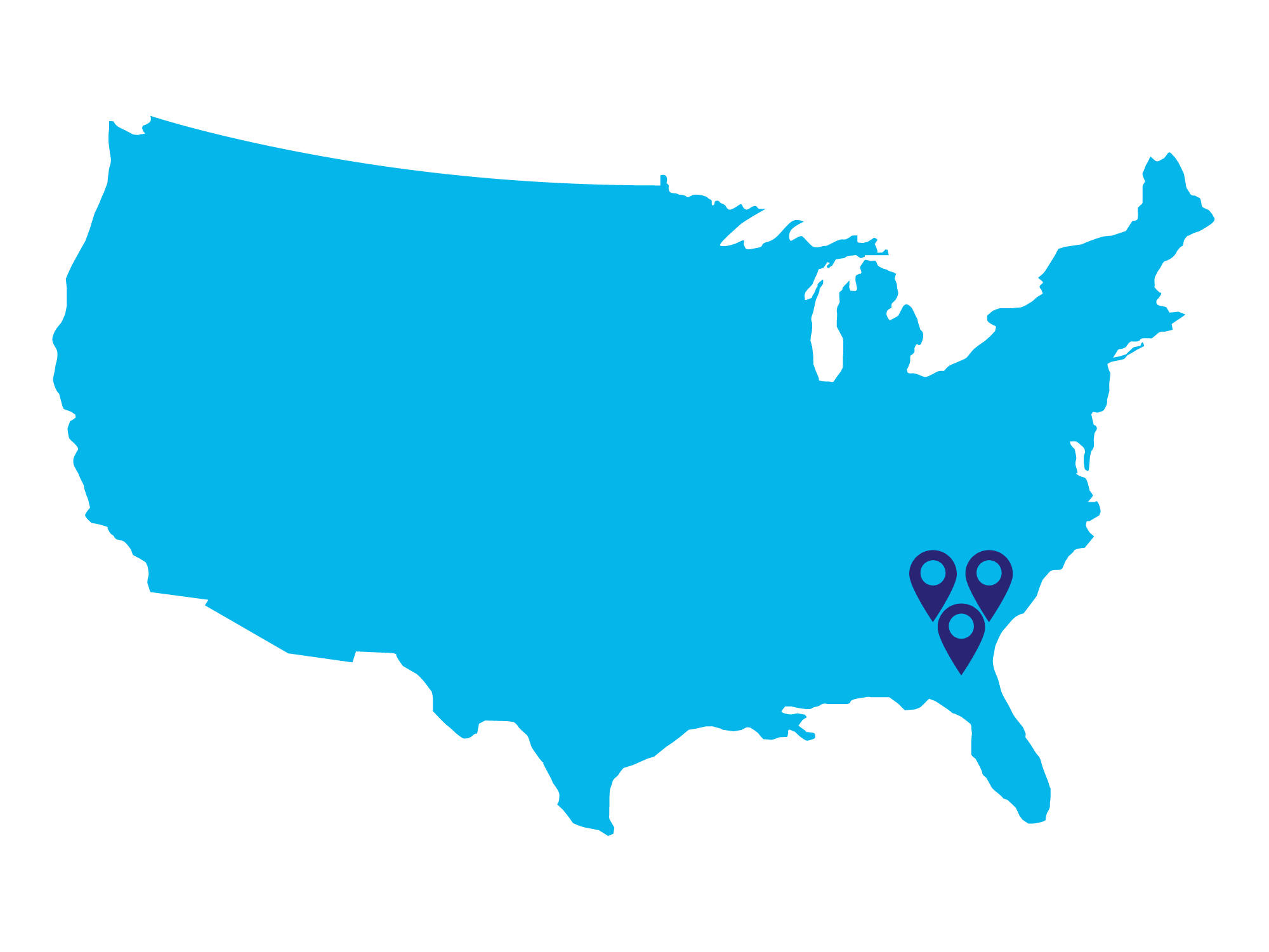
Atlanta, GA
Lawrenceville, GA, Morrow, GA and Austell, GA
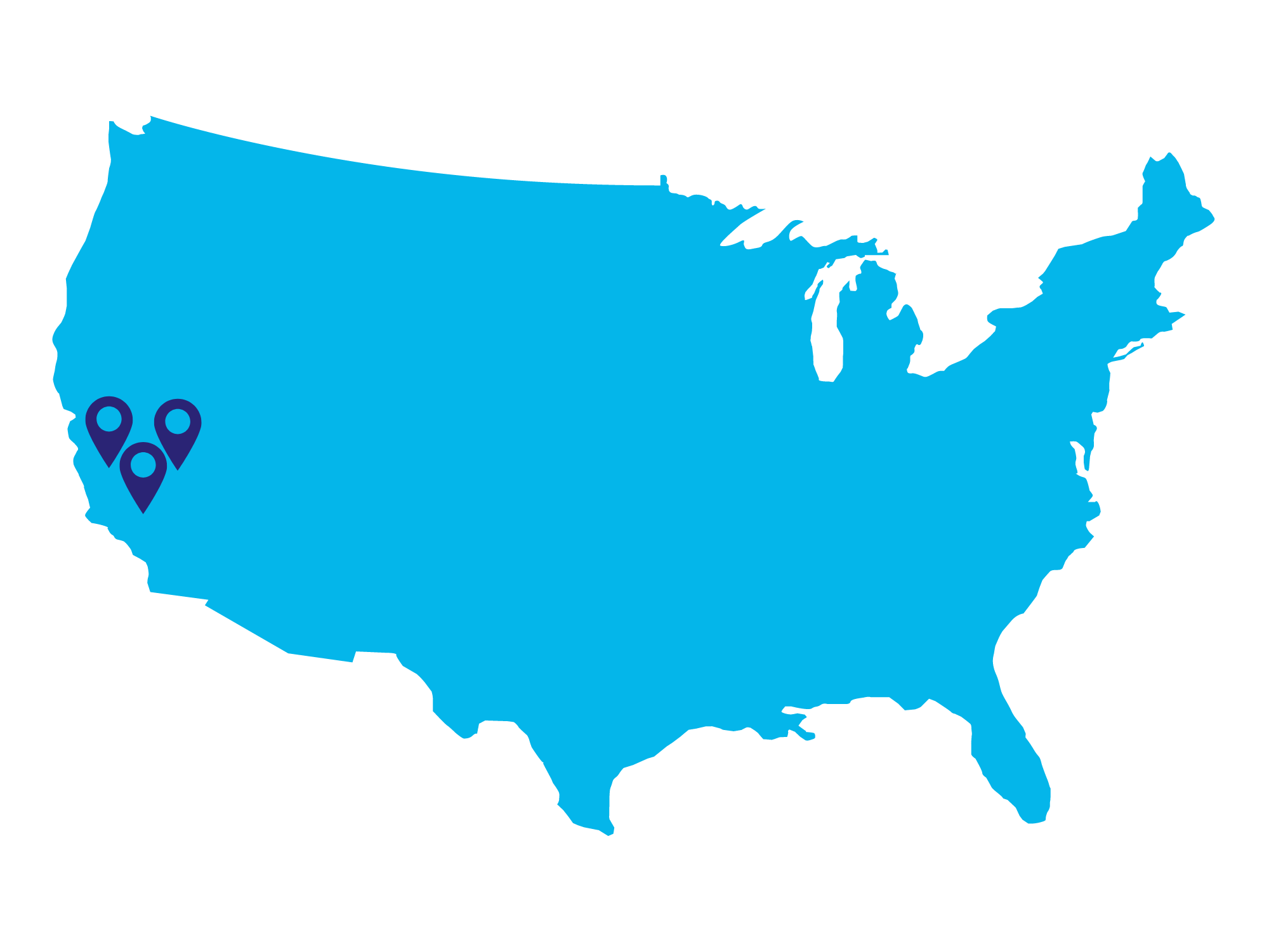
Los Angeles, CA
San Bernardino, CA
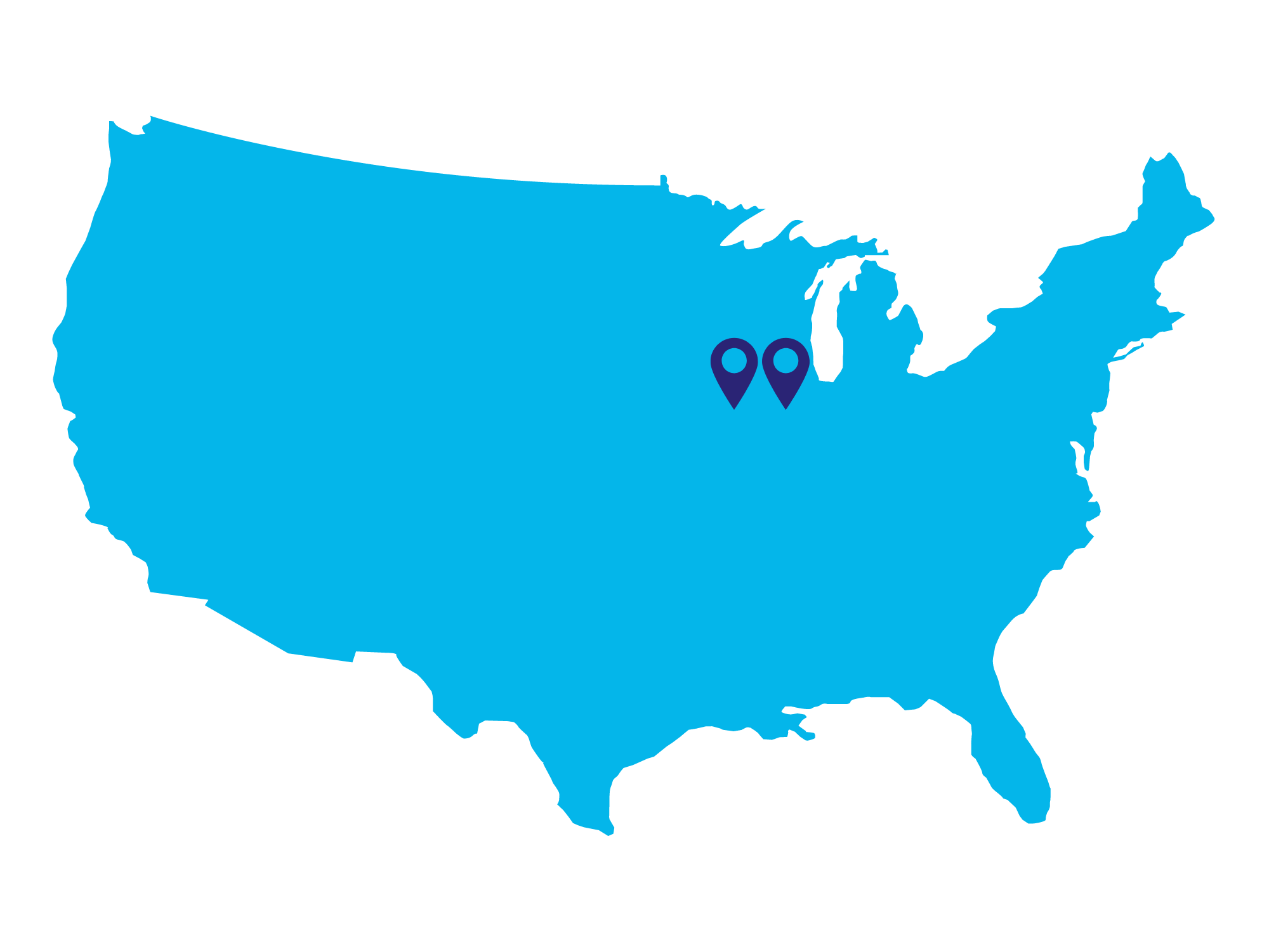
Chicago, IL
Batavia, IL and Bolingbrook, IL
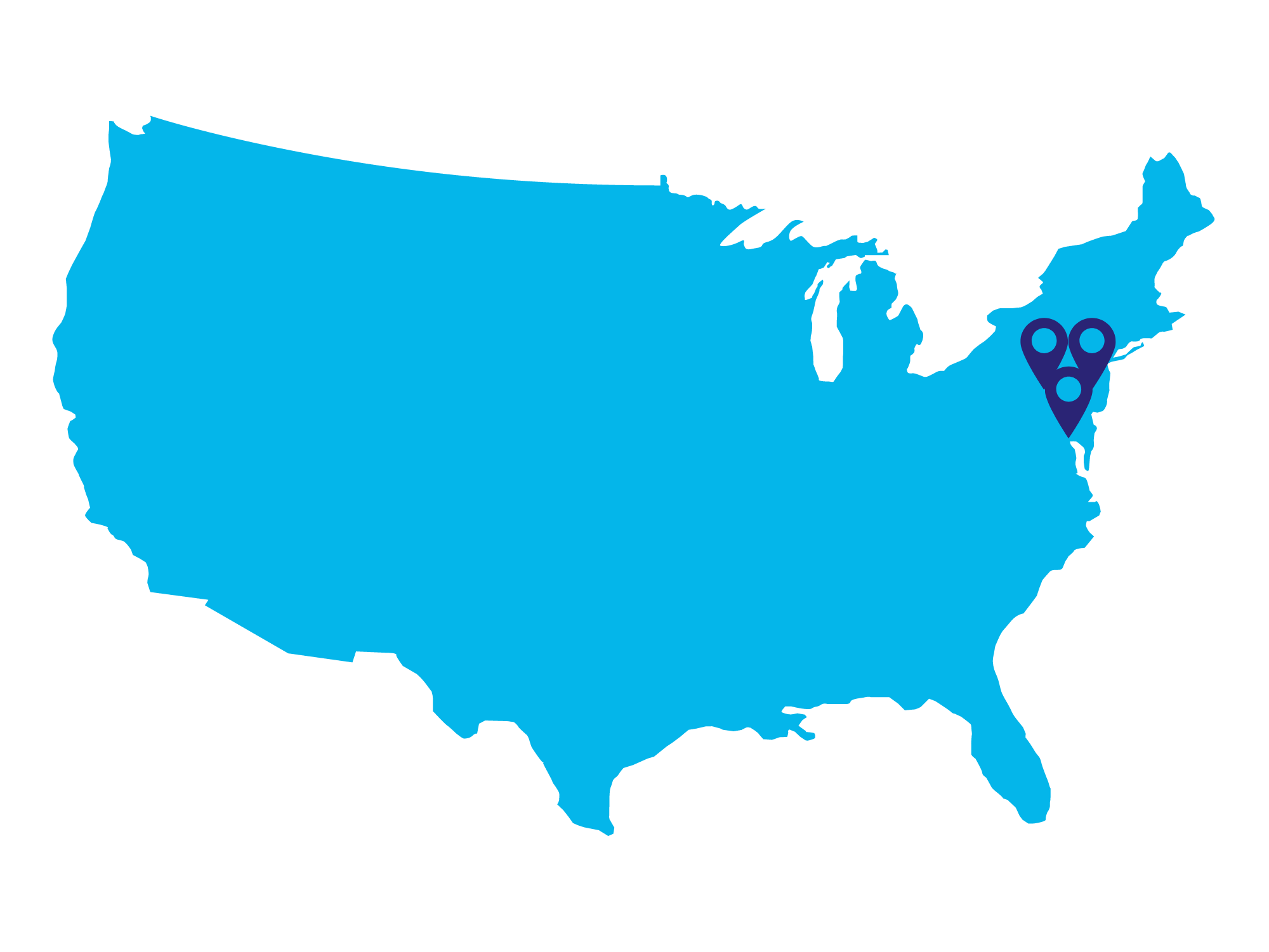
New Jersey
Cranbury, NJ, Dayton, NJ and Jersey City, NJ
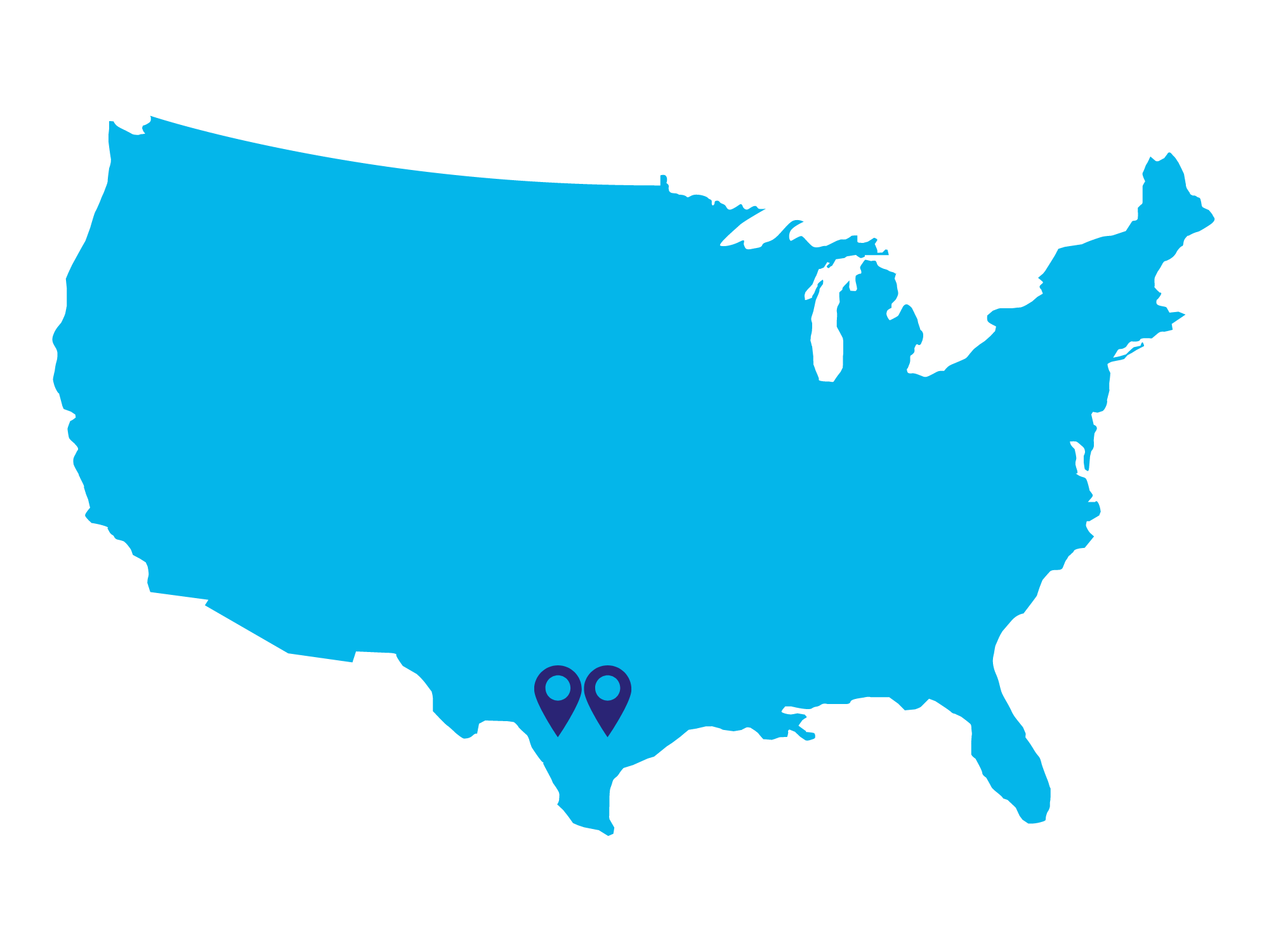
Dallas, TX
Dallas, TX
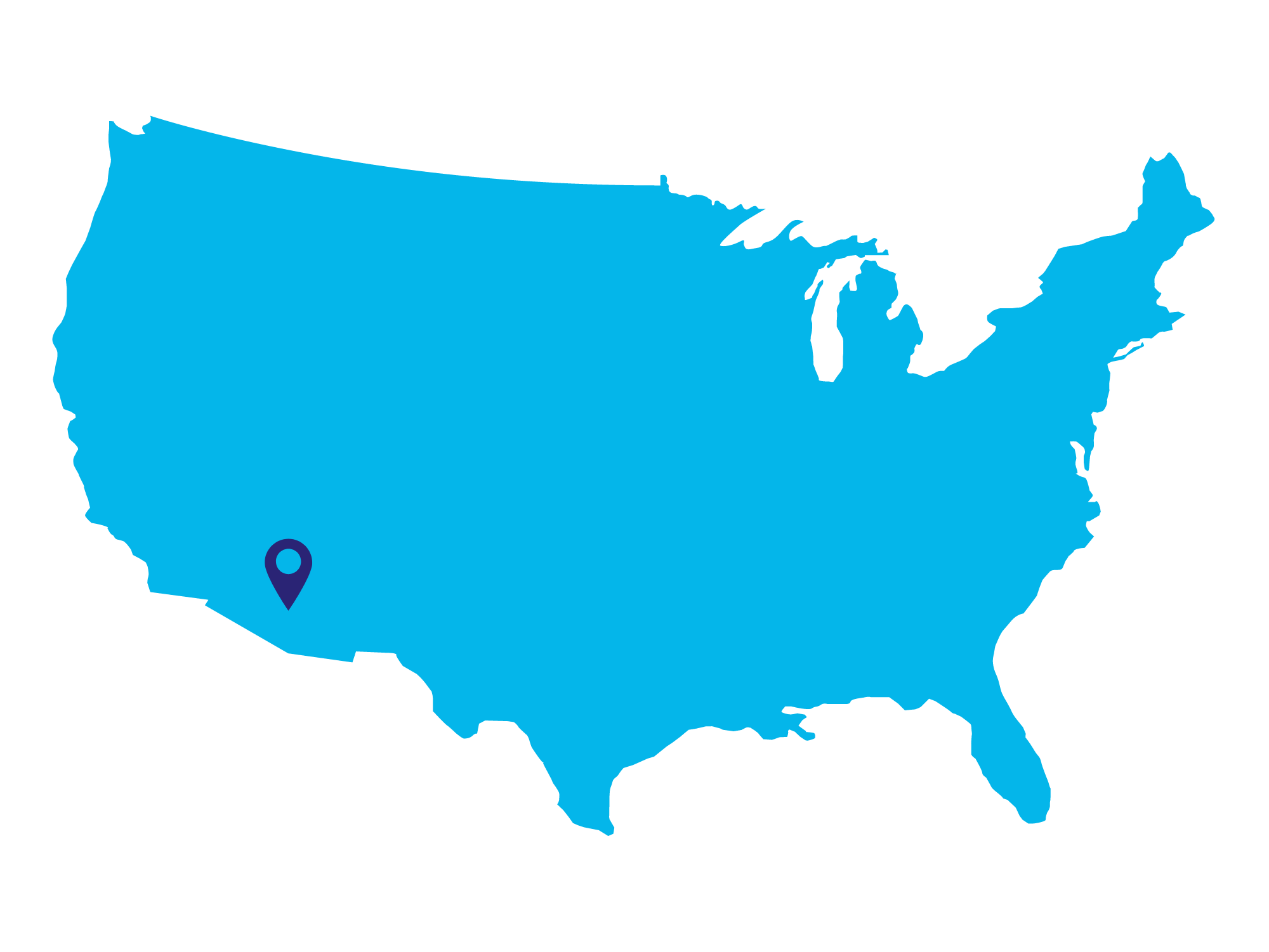
Phoenix, AZ
Avondale, AZ
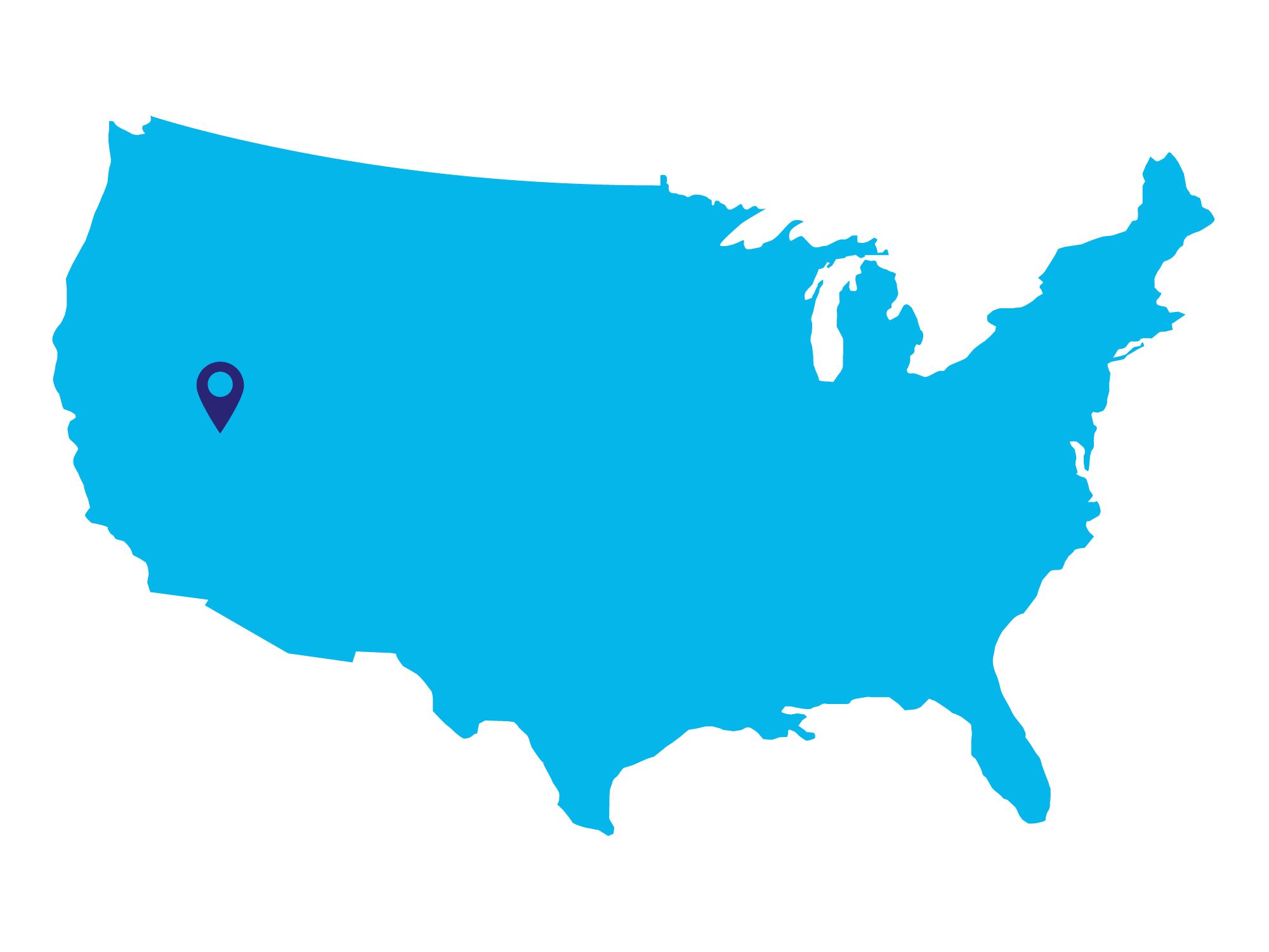
Reno, NV
Reno, NV
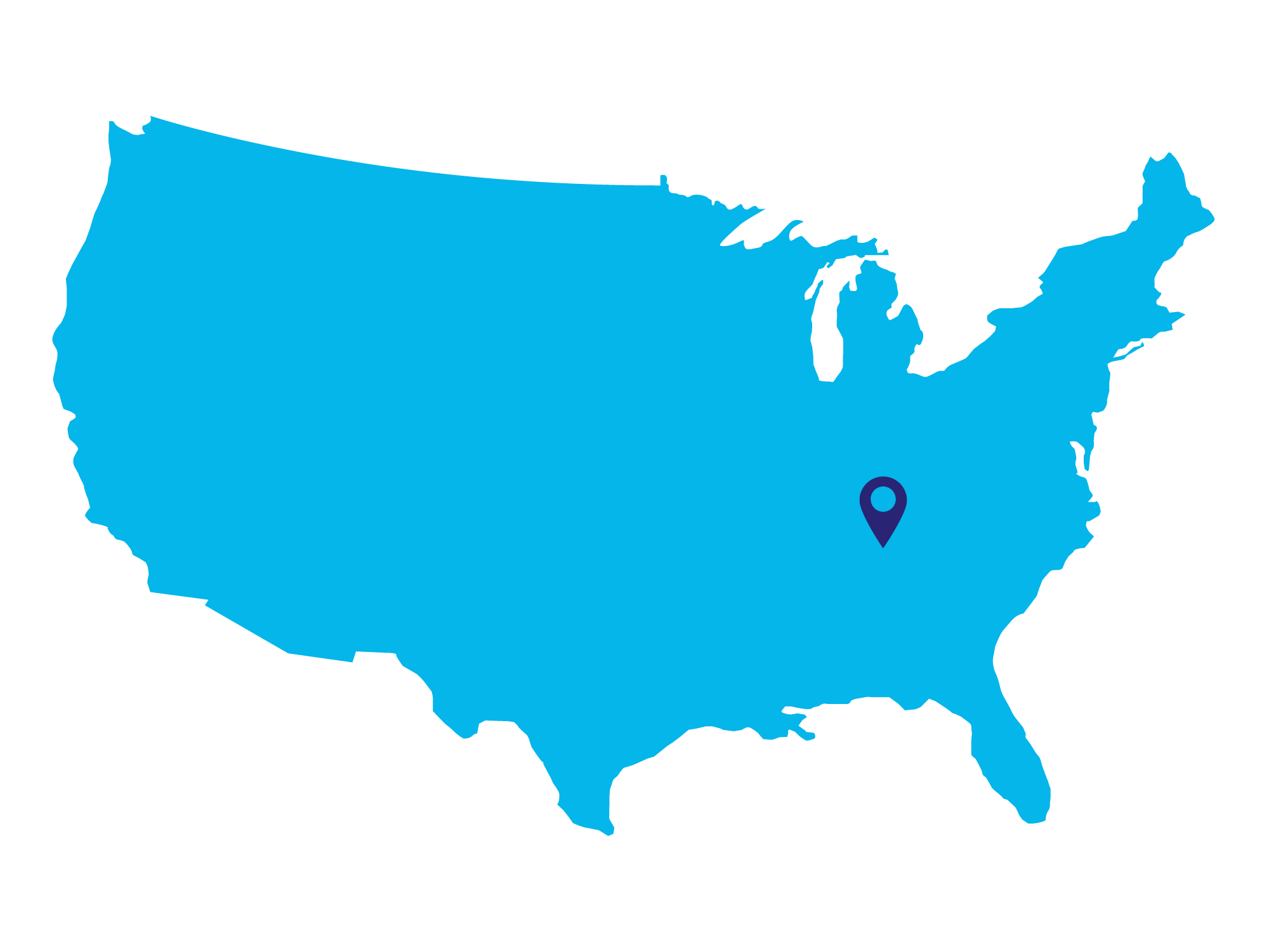
Memphis, TN
Memphis, TN
Facts on Staci Americas' U.S. fulfillment warehouse network
● 2.3 million square feet under management with aggressive expansion plans.
● Mix of bulk, racked and pick and pack space.
● Uniform operating procedures across all fulfillment warehouse facilities.
● Wide variety of automated picking technology in use across the network, including robots, to maximize throughput and control labor costs.
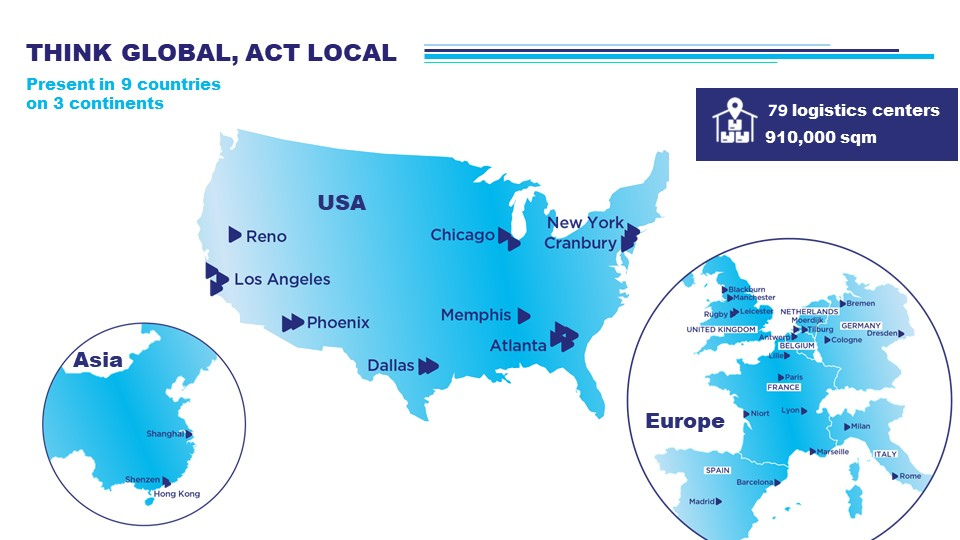
Get a Quote
Ready to get started? We are here to answer your questions

